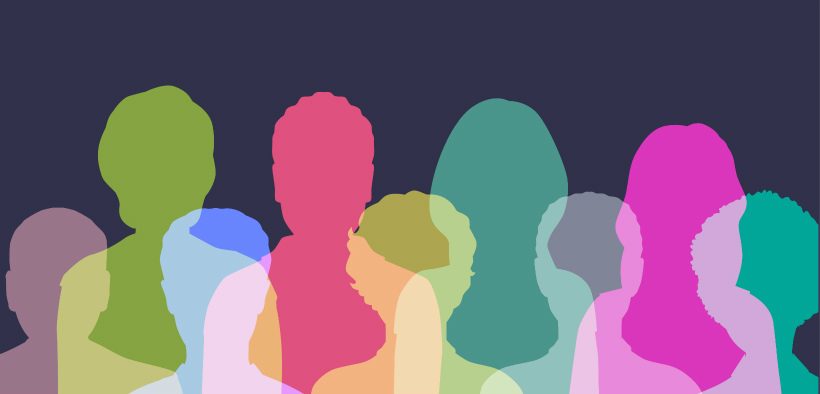Universal Design for Learning (UDL), developed by CAST, is an international framework for educators to design content for all learners. The UDL framework guides the design of instructional goals, assessment, methods, and materials that can be customized and adjusted to meet individual needs.
Universal Design for Learning: Making Your Online Courses Engaging and Accessible for All Students

Related Articles
I have two loves: teaching and learning. Although I love them for different reasons, I’ve been passionate about...
Active learning is a mostly meaningless educational buzzword. It’s a feel-good, intuitively popular term that indicates concern for...
Perhaps the earliest introduction a student has with a course is the syllabus as it’s generally the first...
Generative AI allows instructors to create interactive, self-directed review activities for their courses. The beauty of these activities...
I’ve often felt that a teacher’s life is suspended, Janus-like, between past experiences and future hopes; it’s only...
I teach first-year writing at a small liberal arts college, and on the first day of class, I...
Proponents of rubrics champion them as a means of ensuring consistency in grading, not only between students within...







